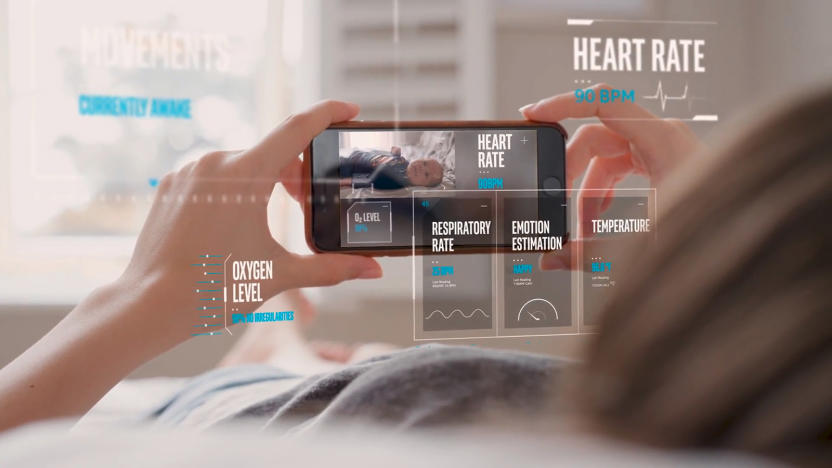loihi
Latest

Researchers built robotic skin with a sense of touch
Using Intel's neuromorphic Loihi chip, researchers created a robotic skin that detects touch more than 1,000 times faster than the human sensory nervous system.

Intel’s neuromorphic chip learns to ‘smell’ 10 hazardous chemicals
Of all the senses, scent is a particularly difficult one to teach AI, but that doesn't stop researchers from trying. Most recently, researchers from Intel and Cornell University trained a neuromorphic chip to learn and recognize the scents of 10 hazardous chemicals. In the future, the tech might enable "electronic noses" and robots to detect weapons, explosives, narcotics and even diseases.

Intel's ultra-efficient AI chips can power prosthetics and self-driving cars
Even though the whole 5G smartphone thing didn't work out, Intel is still working on hard on its Loihi "neuromorphic" deep-learning chips, modeled after the human brain. Now, it has unveiled a new system, code-named Pohoiki Beach, made up of 64 Loihi chips and 8 million so-called neurons. It's capable of crunching AI algorithms up to 1,000 faster and 10,000 times more efficiently than regular CPUs for use with autonomous driving, electronic robot skin, prosthetic limbs and more.

Intel unveils an AI chip that mimics the human brain
Lots of tech companies including Apple, Google, Microsoft, NVIDIA and Intel itself have created chips for image recognition and other deep-learning chores. However, Intel is taking another tack as well with an experimental chip called "Loihi." Rather than relying on raw computing horsepower, it uses an old-school, as-yet-unproven type of "nueromorphic" tech that's modeled after the human brain.

